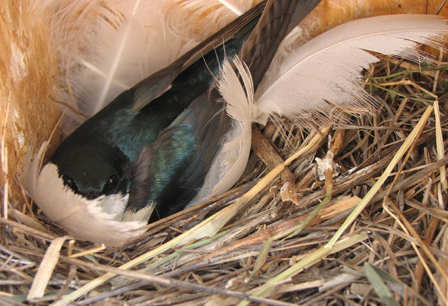
At Your Boxes:
Egg laying is almost over. Most clutches are complete. When you check a box, open it just a crack, because there’s a good chance some of your Tree Swallows have begun incubation. There could be a female inside warming her eggs with her body’s heat so the embryos inside the eggs can develop. If you do spy an adult in a box, gently close the door, then move away and wait for the bird to exit. This may take awhile so you might want to check other boxes, then return. Please don’t force or startle an adult off its nest.
Concepts:
A newly fertilized egg does not have a tiny preformed bird inside that simply has to grow larger, and it does not contain a template or blueprint to build upon. Instead, a fertilized bird egg starts as one undifferentiated cell with the genetic instructions encoded in DNA for building a bird, plus fuel and raw materials to build it with. But if you took a fertilized egg home and put it in a cup on a shelf what would happen?
The bird embryo would not develop. The egg would die.
An egg needs more than a plan, fuel, and raw materials in order to grow from a single cell into the young creature we will see at hatching.
- Embryonic growth and development is a fast-paced chemical process.
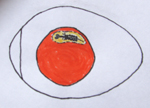
- Embryonic cells must divide rapidly, migrate around, and differentiate into more specialized cells in order to form tissues and organs.
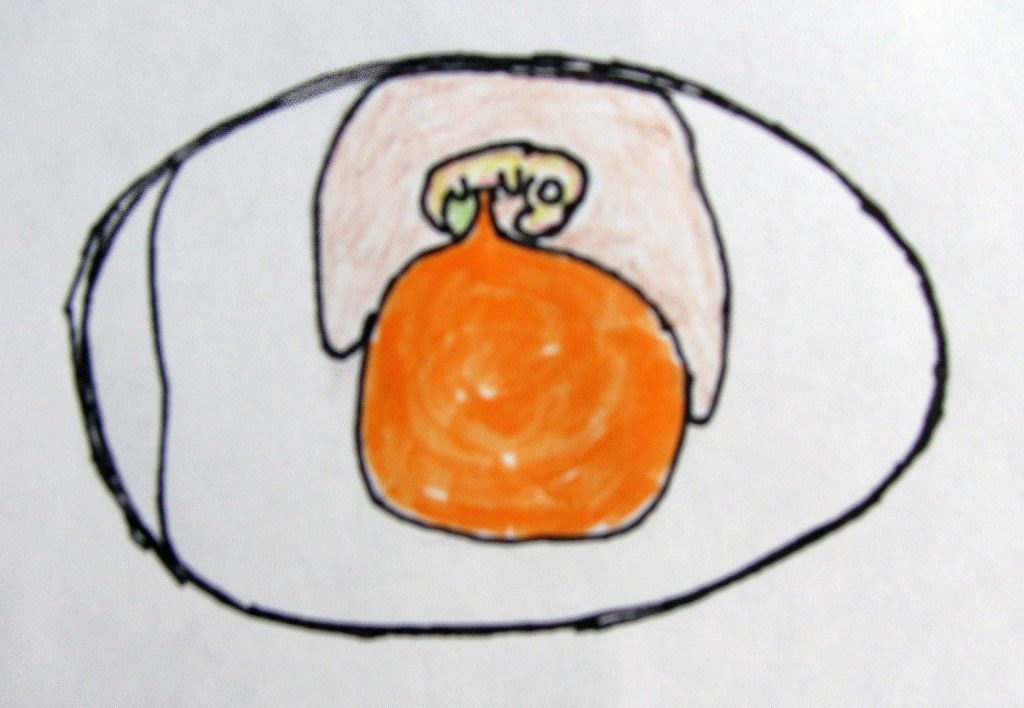

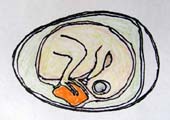
What starts up these chemical processes of embryonic growth and then keeps development going?
- Chemical reactions won’t start or proceed to completion unless the ingredients are warm enough. Embryonic development requires heat.
- In Tree Swallow eggs embryonic development won’t begin unless egg temperatures are over about 26 degrees C (80 degrees F).
- And for optimum embryonic development bird eggs must reach temperatures of about 38 degrees C (100 degrees F). Of course this is much higher than normal spring air temperatures.
- But embryos within eggs can generate very little heat of their own.
- So adult Tree Swallows must add enough heat for embryonic development of their eggs to proceed.
- And once development has started egg temperatures must be kept within a certain range for proper development; too high or too low can kill the embryo.
How do Tree Swallows add heat to their eggs?
- Females cover eggs with their bodies, conducting heat from themselves to the eggs and keeping them warm enough long enough for the embryos to grow.
- We call this type of heat transfer and temperature regulation “incubation.”
- However, females still need to find food and maintain their own bodies, so having to incubate eggs is a major extra demand on their time and energy.
- In fact, researchers have found that during incubation in Tree Swallows females burn four times the energy of resting, non-incubating swallows. Not surprisingly, incubating females lose significant amounts of weight during incubation.
- When a female is away her eggs cool down, so when she returns they must be rewarmed enough so embryonic development can continue at the optimum rate.
- So, although incubating female Tree Swallows may appear to be relaxing, just sitting around on their nests, their bodies are actually working hard, and the females must strike a balance between their own self-maintenance and the growth of the embryos within their eggs.
- Click here to watch one female Tree Swallow’s typical incubation behavior on YouTube, using video from Francois Paquette of Quebec’s in-box camera.
How does nest design help heat transfer from female to egg?
- The cup confines eggs in a tight group, permitting good body coverage for efficient heat transfer and low heat loss.
- Nest feathers may provide some insulation when eggs are not covered by females.
What happens if eggs are knocked out of the cup or pushed down into the nest material?
- Some songbirds retrieve dislodged eggs if they are within reach.
- Other species, including Tree Swallows, ignore partially buried eggs or eggs displaced out of the cup, even if in plain sight. These eggs will die.
Don’t male Tree Swallows incubate?
- No, as in many songbirds, only female Tree Swallows incubate.
- Females develop special temporary structures called “brood patches” for transfer of heat to eggs.
- Hormones cause a large area of breast and belly skin to lose its feathers. This skin becomes loose and swollen through water retention and expansion of blood vessels.
- In Tree Swallows the “defeathering” of the area that will become the brood patch begins approximately 4-6 days before the start of egg-laying.
- As she settles onto her eggs an incubating female presses her bare brood patch skin firmly onto them, creating an efficient contact for transfer of her body heat to the eggs.
- The brood patch below is typical of incubating female Tree Swallows.
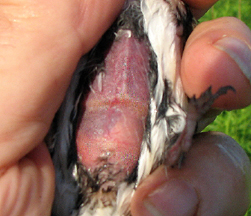
When (after which egg is laid) do Tree Swallow females start incubating?
- You’ll get the answer when the eggs finally hatch.
- If incubation starts with the first egg, they will hatch one per day over several days.
- If incubation doesn’t start until after all eggs are laid, they should all hatch the same day.
- Incubation could also start somewhere in between these extremes.
How can you tell if incubation in your Tree Swallows has started?
There are behavioral cues. For example:
- Females begin staying inside boxes for longer intervals. Try timing some.
- Incubating females develop a rhythm. Periods on the eggs alternate with periods off. They feed quickly and then return to the eggs.
- A recent study found female Tree Swallows incubated over 40 times per day.
- In songbirds like Tree Swallows, where only females incubate, females average 75-80% of daylight hours on their eggs.
- If weather is cold or rainy females incubate even longer, because eggs need extra heat to maintain temperatures necessary for embryonic development.
Here’s another way to tell if incubation has started:
- Touch an egg from each clutch to your lips or cheek. If it’s cool, it isn’t being incubated. If warm, incubation has probably started.
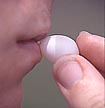
How long does incubation in Tree Swallows last? When will eggs hatch?
- Tree Swallow eggs need about 14 days of efficient incubation for embryo growth and development to reach the hatching stage.
Songbird eggs lose about 20% of their weight between laying and hatching. Why?
- An egg looses some weight as the embryo burns fuel material during metabolic processes of growth and development.
- Some water evaporates through shell membranes and shell, and air from outside replaces it inside the shell. You may notice the air space in eggs getting larger as incubation proceeds.
How do fats, proteins, minerals, and water get from the yolk and albumen to the growing embryo?
- A network of blood vessels (arteries, veins, and capillaries) grow out from the developing embryo, and the nutrients necessary for development are transported back to the embryo through them.
- The photo below of a Tree Swallow egg being “candled” was taken by Noah Hamm. The female swallow has incubated this egg a few days already. It clearly shows the web of blood vessels extending out from the small embryo developing on the surface of the yolk.
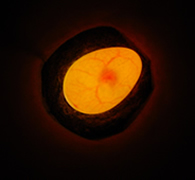
- Click this link to view a YouTube video of a partially developed Tree Swallow embryo within an egg roughly half way through the incubation period.
- Embryos in incubated eggs develop very rapidly. The picture below shows an embryo that had been incubated about 12 days. It would have hatched within a few more days but it died after its mother vanished and incubation ceased. Pierre Barrette of Quebec removed it from its shell for post-mortem examination and photographing.
- Note that most of the embryo’s yolk was utilized during the developmental process.
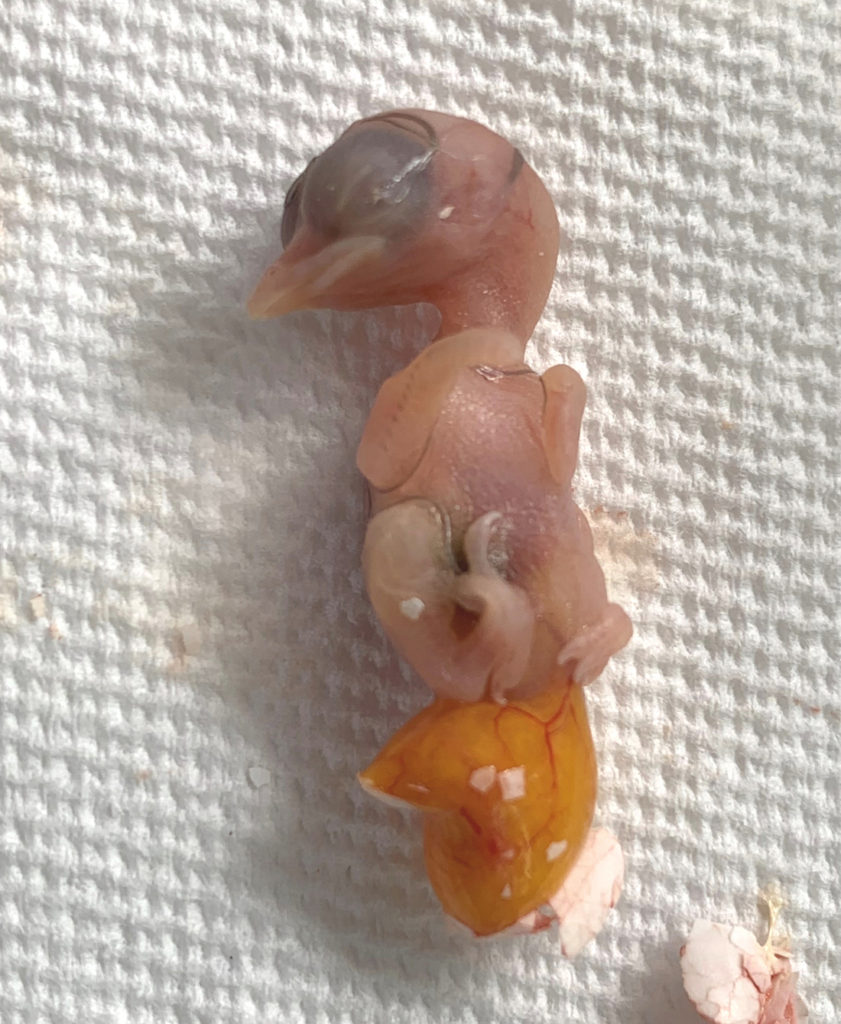
How does an embryo “breathe” within its shell?
- Songbird eggshells are not completely solid. The shells have microscopic pores through which oxygen and carbon dioxide gases can pass in and out.
- Also, as an embryo grows a special membrane, the “CAM” or “Chorioallantoic Membrane,” develops just under the inner shell membrane.
- The CAM has lots of capillaries where blood can absorb airborne oxygen that has passed in through the shell pores.
- Carbon dioxide waste produced by embryonic metabolism passes in the other direction, from the CAM’s blood out through the shell pores.
How does a growing embryo get rid of solid wastes it produces?
- During incubation in Tree Swallows each embryo produces a membranous sac, called the “Allantois,” that balloons out from the embryo’s gut. It will act like a little “trash bag” inside the egg.
- As the embryo grows solid wastes can’t pass out through the shell. Instead, the wastes are diverted into the allantois sac, where they accumulate.
- Just before hatching the wastes in the allantois dry up.
Incubating songbirds turn eggs over periodically with their bills. How is this done and why?
- When turning its eggs an incubating bird rises up on its legs, arches its neck so its head looks down, then draws its bill backwards through the eggs. This motion rearranges the eggs so those out on the outside are brought into the middle.
- Regular turning ensures that all eggs in the clutch are incubated evenly and that all surfaces of each egg receive equal warmth.
- Turning also moves an egg’s contents, keeping membranes and embryo from sticking to interior shell surfaces, which could cause embryo death.
- Songbirds may turn their eggs many times an hour. Tree Swallows certainly do.
What happens to the eggs at night?
- Male Tree Swallows do not sleep in boxes overnight unless it’s extremely cold. They usually roost in nearby trees, shrubs, or marsh vegetation.
- Females may begin sleeping in boxes once they start laying eggs, and when incubation starts females remain in boxes overnight warming eggs as a rule.
- However, roosting in cavities is dangerous. Nocturnal predators like raccoons, possums, or cats can trap incubating females inside boxes. Placing boxes properly and equipping boxes with predator guards reduces the chance of this happening.
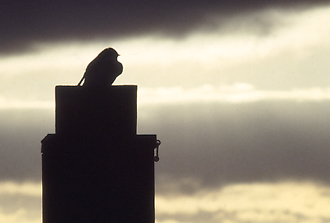
Female Tree Swallows are very busy now incubating and foraging. It seems they do all the work. What do male Tree Swallows do during incubation? Are males and females together often at boxes now.
- During incubation it’s typical to see pair members relieving each other at the nests. Males usually guard boxes when females leave to feed.
- Although males don’t incubate, they may perch at entrance holes and peek in, or enter, perhaps to “inspect” things.
- Occasionally, males cover and turn eggs, as you can see if you click this link for a YouTube video, but males lack the brood patch necessary for true incubation.
- Male Tree Swallows don’t ever bring food to females during nesting.
- Males often perch on their boxes or poles, preening and giving occasional Songs to passing swallows. You rarely hear Chatter Calls now, except if floater females approach and males want to attract them.
- Returning resident females usually fly directly to the hole and duck into their boxes to restart incubation.
- Returning male swallows often give Gurgles (also called Contact Calls). At this signal the female normally exits and leaves, so a pair are seldom together.
- Females who have finished an interval of incubating, but whose males haven’t returned yet, may perch in entrances waiting to be relieved.

Questions for the next Topic: Nest Takeovers by Female Tree Swallows
- Why are “floater” Tree Swallows still intruding at established nests?
- Why are incubating females especially vulnerable to having their nests taken over by other females?
——————————————————————————
Home: Tree Swallow Nest Box Projects
Creating Tree Swallow Nest Box Projects
Spring Return
Nesting Season Behavior
Song and Calls
Nest Site Claiming
Pair Formation
Nest Building
Bird Flight
Mating and Paternity
Diary of One Season at Salmon Creek
Monitoring Nest Boxes and Keeping Records
Making Box Checks Keeping Box Records Control Sheets Season Summaries Print Sheets
Banding Your Tree Swallows Banding Adults Banding Nestlings
Tree Swallows in Research Research Bibliography Glossary of Terms